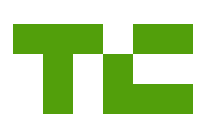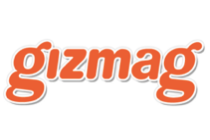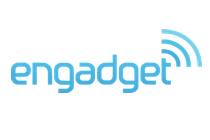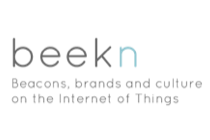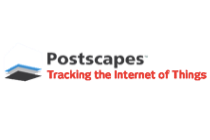WunderBar: Internet of Things 7-Module Starter Kit for App Developers
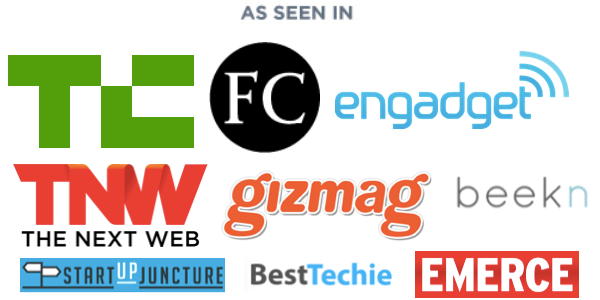
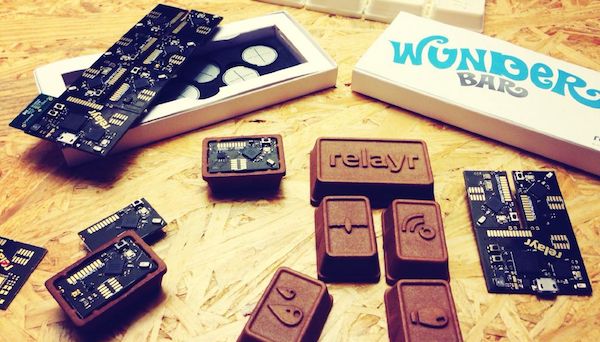
Imagine receiving a push notification when you leave home without your wallet or keys, or when your house plants start yearning for water.
The WunderBar is the easiest way to start developing apps for the Internet of Things - without needing to learn about hardware. App developers can quickly access data from the physical world with WunderBar’s easy-to-use SDKs or with our simple REST API.
It packs the newest Bluetooth Low Energy (Beacon), WiFi, together with SDKs for iOS, Android and Node.js!
The WunderBar has six powerful smart modules, three provide sensors to monitor temperature, proximity, light, color, humidity, and movement. A fourth helps you control your home entertainment system with an infra-red transmitter. The last two will be chosen by the you and the crowd. All come app-ready straight out of the box within minutes.
Because the WunderBar is still a dev kit, with a little bit of knowledge, and the exposed GPIO pads, you can make almost anything you want smarter.
Let Your Imagination Run Wild
Here some easy and fun smart app ideas:
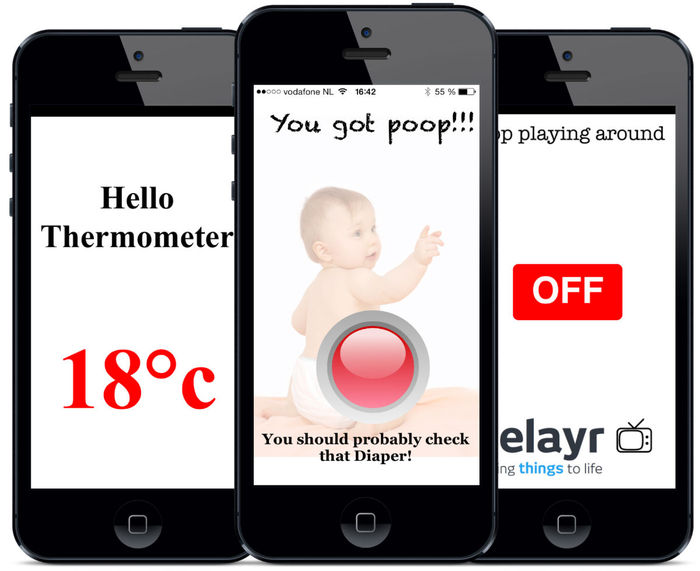
3 Tutorial Apps for the WunderBar
Whether it’s for a practical use like home monitoring, or just for a fun prank, the possibilities the WunderBar opens up are endless:
- What if it were going to rain, and you were reminded to take a raincoat?
- On vacation? Program an App for your plants, to alert the neighbors when its watering time!
- Update your online shopping list when there is no more toilet roll.
- Never drink a cold coffee or a warm beer again! The temperature sensor can warn you before it’s too late!
- Save your baby rashes and yourself from the sniff test! Get an alert as soon the diaper is full, before the crying starts!
Get Started in Less Than 10 Minutes
With the WunderBar “Hello Thermometer” tutorial, you can have your first Internet of Things App up and running in less than ten minutes. We provide the libraries, tutorials and examples you need to start using the sensors in your environment.
Keep developing Apps the way you always have - with Xcode, Android SDK, or text editor with command-line compilers - but this time with the added benefit of being able to access data from the physical world.
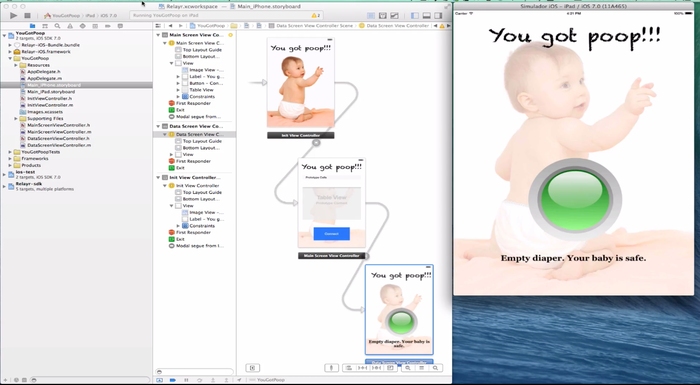
Tutorial Apps
As part of the SDK, we include a number of demo apps. Each app can be deployed to your phone or tablet and will work with your registered WunderBar modules.
The Apps introduce a number of key themes for working with the WunderBar and the relayr platform in general:
- Registering and authenticating your App with the platform.
- Using the relayr authentication framework/library to connect users.
- Accessing and filtering lists of available devices and modules.
- Associating sensor modules with your App.
- Reading and writing to sensor Modules.
- Handling notifications.
Once you've mastered the basics of working with the relayr platform, you will be fully enabled to code for the physical world around you.
Building and Testing Apps
No matter how good the frameworks and libraries you have, you need to be able to investigate how a sensor really works and operates. Our browser-based developer dashboard makes it simple to add graphical simulators to create scenarios to test your App. They fire real events at our cloud based device integration layer, allowing you to view and test the full lifecycle of events.
Our HTML log viewer allows you to review sensor activity historically or in real-time, making it easy to understand the data that flows to your app.
Of course a simulator only brings you so far, which is why we created the WunderBar. You can manipulate the sensors real world environment and watch as your app responds.
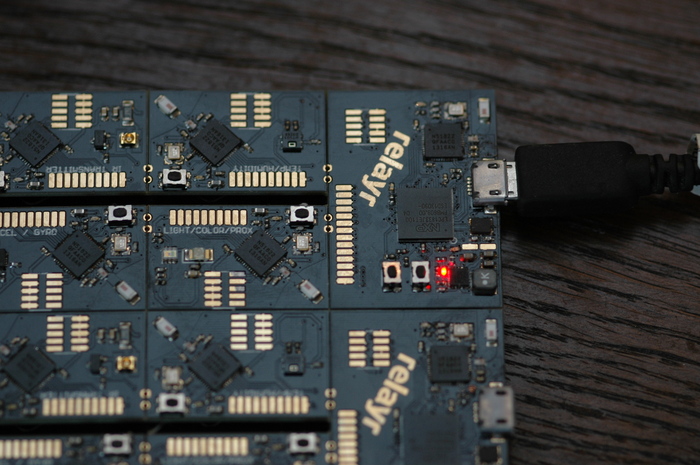
The WunderBar close-up
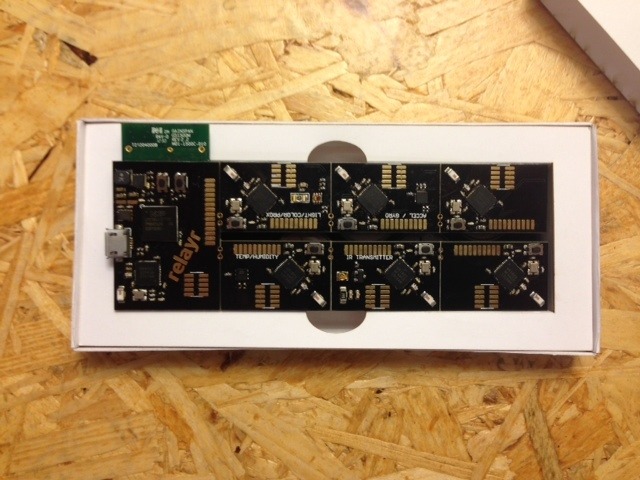
The WunderBar in box from above
No Wires
The WunderBar is made of seven modules. The main module is fitted with an ARM Cortex 'M' microprocessor, you probably have his big brother, the 'A', in your smart phone. The Microprocessor can connect to the internet through the WiFi unit.
To communicate with the other modules it uses Bluetooth Low energy - that's the same technology that's used in iBeacon. It allows us to read the sensors or battery levels on the other modules. It allows us to respond when a button is pressed, and light the LEDS that are on each module.
All of the activity that happens around the WunderBar is sent to our platform, where you can easily access and work with the signals.
You don't need a PhD in Electrical Engineering, we make them accessible to you through API's, frameworks, and libraries. Our examples and tutorials are designed to quickly bootstrap you into developing for the programmable world.
The Crowd Decides!
And to tap into the power of sharing and openness, the sixth modules is a basic BLE Beacons. We will add a sensor based on what you want. You vote for your sensor of choice. As long as it is within our planned budget, we will bring the most popular sensor to life.
One of them will become our open public sensor for the community to share. How can we all help the community through sharing sensor data? You can vote in our Forum!
Pre-defined Smart Modules
The WunderBar has six powerful smart modules, each equipped with its own Bluetooth Low Energy (Beacon) processors and battery that can power the units for up to a year:
- Light / Color / Proximity
- Gyroscope / Accelerometer
- Thermometer / Humidity
- IR Transmitter (remote control)
- Crowdsourced Sensor
- Crowdsourced Public Sensor: Go to our Forum to vote for our OpenSensor Project!
In the "Internet of Things" the familiar "You have Mail" should be just as easy for your physical mail box! Well with the Wunderbar it's that easy. Team member Paul demonstrates below. And you can get check out the "You have Snail Mail" app on github. Enjoy!
See Paul demonstrate how the Light Sensor works. More information can be found on relayr's GitHub.
It’s Secure
With the relayr Connection app for iPhone and Android, simply input your local WiFi credentials to instantly create a secure connection between the sensor modules and the relayr Cloud. Pressing “Secure-It” creates unique certification for your WunderBar, allowing secure SSL connection to the cloud transmitting encrypted data.
Print Your Own "Chocolate" Sensor Covering
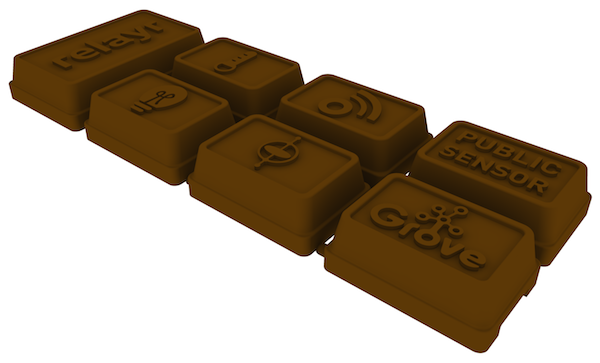
For backers of the Limited Beta Insanely Special Price, we will be throwing in a set of 3D Printed "Chocolate" WunderBar casings. We will consider injection molding the casings if we reach our goal, but right now its cooler to print it out your own casings, in your own favorite chocolate colors!
To keep things simple we will be opening a shop on Shapeways to 3D print our original design. But our casing designs will be made available on Thingiverse for you to take make and modify. We look forward to seeing what you come up with!
relayr OpenSensor Cloud
The relayr platform enables you as a developer to leverage the power of the Internet of Things. You will be able to create Apps and services that entertain, inform, and protect your users. The cloud platform gathers sensor data and persists it so that you can access it programmatically from within your App. Additionally, you can define rules that act upon the sensor data, triggering notifications to your app, and even make decisions whilst your app is unavailable.
Open
We make use of fantastic Open Source components to enable our platform. We will also be releasing our SDKs and API implementations as Open Source projects.
Secure
Security for low energy devices over domestic networks is a challenge. We are working with partners to build the highest possible level of security into devices. Security is baked into our cloud solution with APIs exposed exclusively through OAuth2.
Fast
We're working with Core Technologies developed by Twitter, LinkedIn, and Yahoo. We're confident of our ability to scale for the next billion devices, and are working on the next 2 billion already.
Intelligent
The Internet of Things will become pervasive only if it is ambient. Our Rules Engine means that decisions can be made in the cloud, instead of constantly annoying the user with dozens of notifications requiring a decision.
Connected
Your home is beautiful, but it isn't a bubble. OpenSensor Cloud connects it with services and APIs, such as weather, traffic, and news feeds across the internet, offering a deep layer of device integration.
Personal
Login to OpenSensor Cloud to manage both your devices and apps. You can fine tune settings to be as autonomous or intrusive as you want.
We Support Open Source Software & Hardware
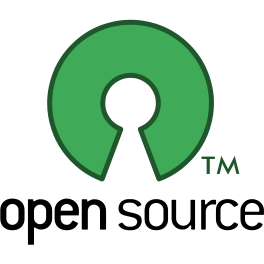
The Internet of Things needs to be free to be able to happen. Our API's will always be open. Wherever possible we will be OpenSourcing our hardware too. The only secure Internet is one that is open for all to scrutinize and correct.
After releasing the first prototypes of the WunderBar, we will be uploading our Eagle files (schematics and layouts) on our GitHub account.
WunderBar Specifications
Main Circuit
- NXP ARM 1800-Series Coretex-M3 Microcontroller
- Processor: NXP LPC1837 Cortex M3
- Clock Speed: 180MHz
- Flash: 1024 kB
- RAM: 136 kB
- IO: 12 exposed GPIO pads, including 4 ADC, SPI, I2C and SDIO
- WiFi: IEEE 802.11b/g/n, WPA/WPA2, full TCP/IP stack including TLS
- Bluetooth LE
- 3.3V regulator including Li-Ion/LiPo charger
- USB OTG
Sensor Circuits
- Processor: Cortex M0
- Clock Speed: 16MHz
- RAM: 16 kB
- IO: 8 exposed GPIO pads, including SPI, I2C, TWI, UART, ADC
- Bluetooth LE
The WunderBar circuitry tested and working - like a Christmas Tree!
Our Timeline
ETA is Summer 2014. Stay tuned for more details!






